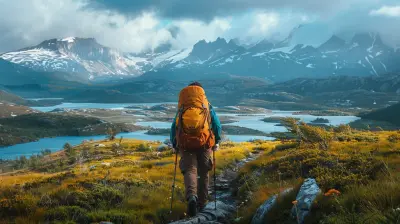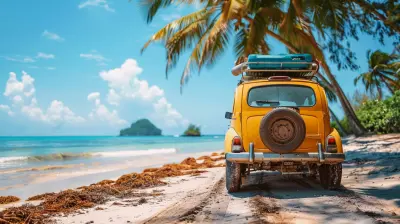Wild Camping for Backpackers: Finding Your Perfect Spot in Nature
18 July 2025
Let’s be real for a hot minute—nothing screams freedom quite like strapping on a backpack, trekking out into the wild, and pitching your tent wherever your heart (and tired feet) desires. Wild camping is not just about escaping the chaos of city life; it’s about embracing the raw and rugged beauty of nature. No schedules. No check-ins. Just you, your gear, and the great outdoors.
If you’re a backpacker thirsting for adventure with a slightly rebellious streak, wild camping might just be your new favorite obsession. But before you skip off into the wilderness like a carefree forest child, hold up! There’s a bit more to it than just plopping a tent down in the middle of nowhere. From picking the perfect camping spot to keeping things legal and eco-friendly, I’m diving deep into everything you need to know.
So grab a snack, cozy up, and let’s chat about how to find your perfect wild camping spot. Spoiler alert: it's way more satisfying than any overpriced hotel room.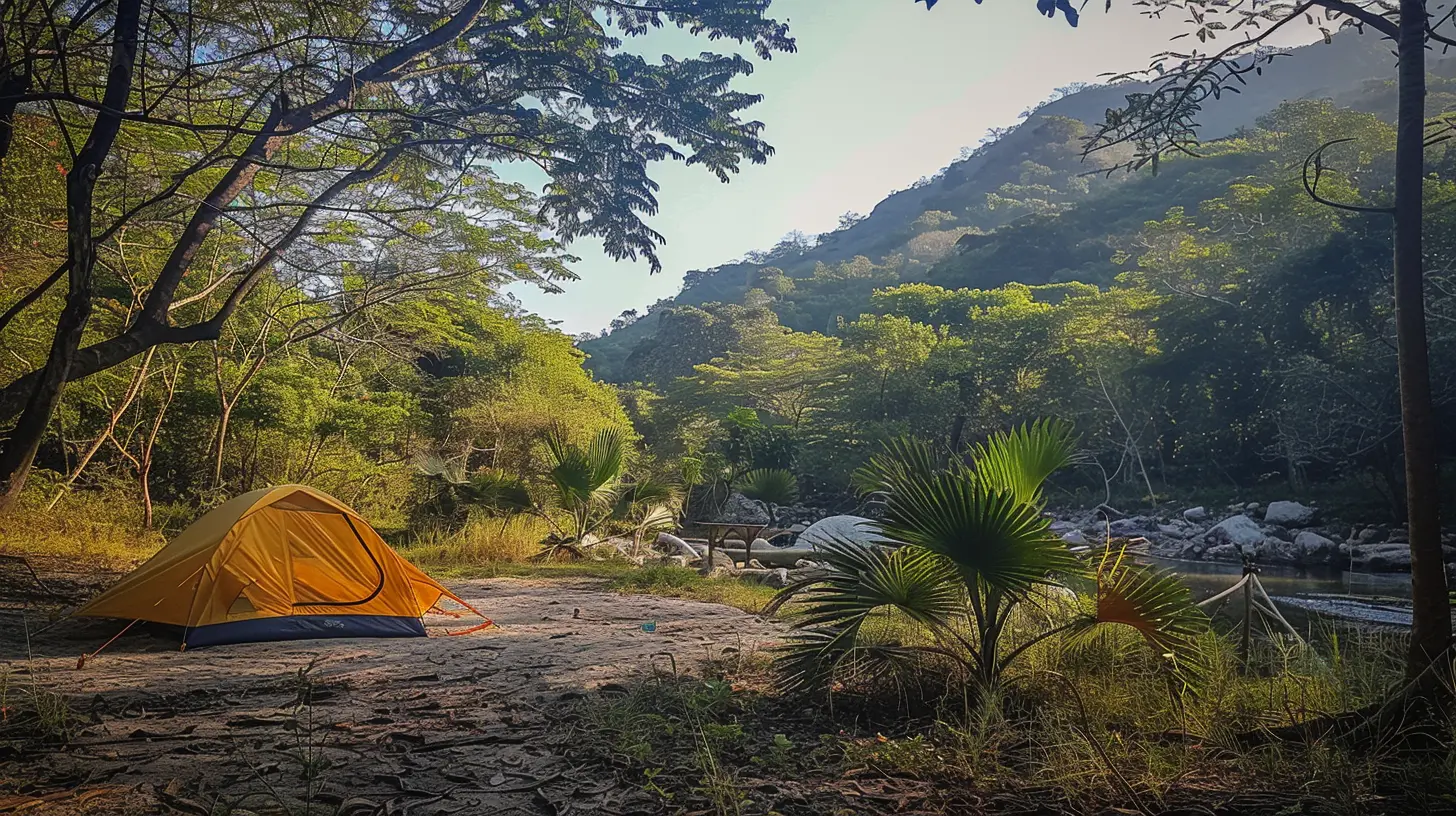
💡 What Exactly Is Wild Camping?
Let’s clear the air. Wild camping (also called dispersed camping in some corners of the globe) means camping away from official, designated campsites. Think forests, mountainsides, beaches, meadows—basically, Mother Nature’s backyard.Unlike camping at a regular site with bathroom blocks, marked pitches, or even Wi-Fi (yikes), wild camping strips it down to the basics. It’s raw, real, and ridiculously rewarding. You carry what you need, leave no trace behind, and share your pillow with the stars.
Does that sound magical? Because it is.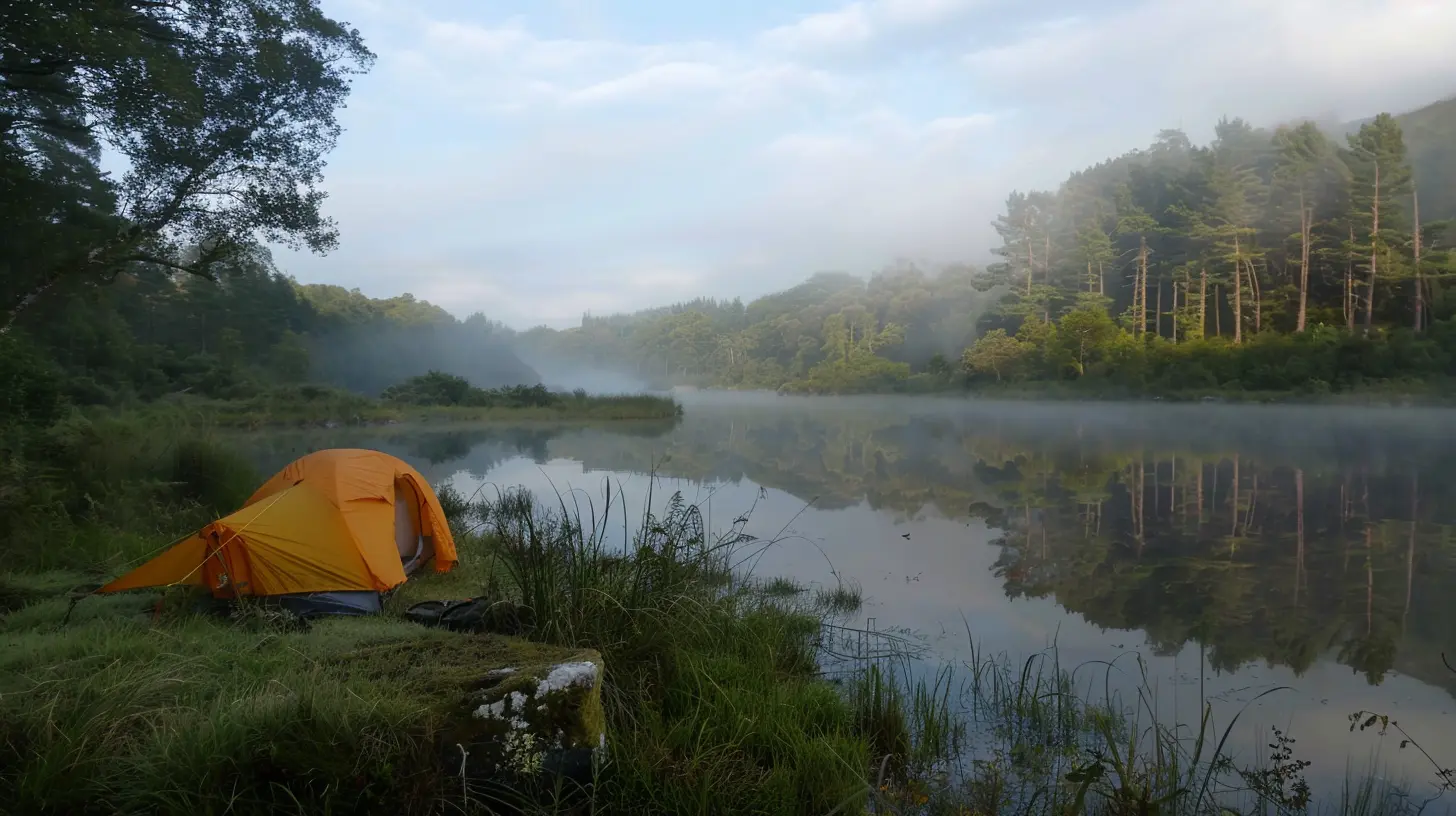
🧭 Why Backpackers Love Wild Camping
Okay, let's be real for a sec: Who even likes crowded campsites with screaming toddlers and someone blasting bad country music from their car speakers?Backpackers crave solitude, simplicity, and the soul-cleansing kind of silence you only find when you’re miles away from civilization. Wild camping ticks all those boxes—and then some. Here's why it's a backpacking favorite:
- Freedom to roam where you please
- Unfiltered nature straight out of a National Geographic special
- Budget-friendly (read: FREE!)
- No reservations required (unless you count asking the squirrels)
- Incredible sunrises from your tent door
But yep, with great freedom comes a bit of responsibility. So, let’s get into how to find your dream camping spot without, you know, accidentally trespassing or ruining the planet.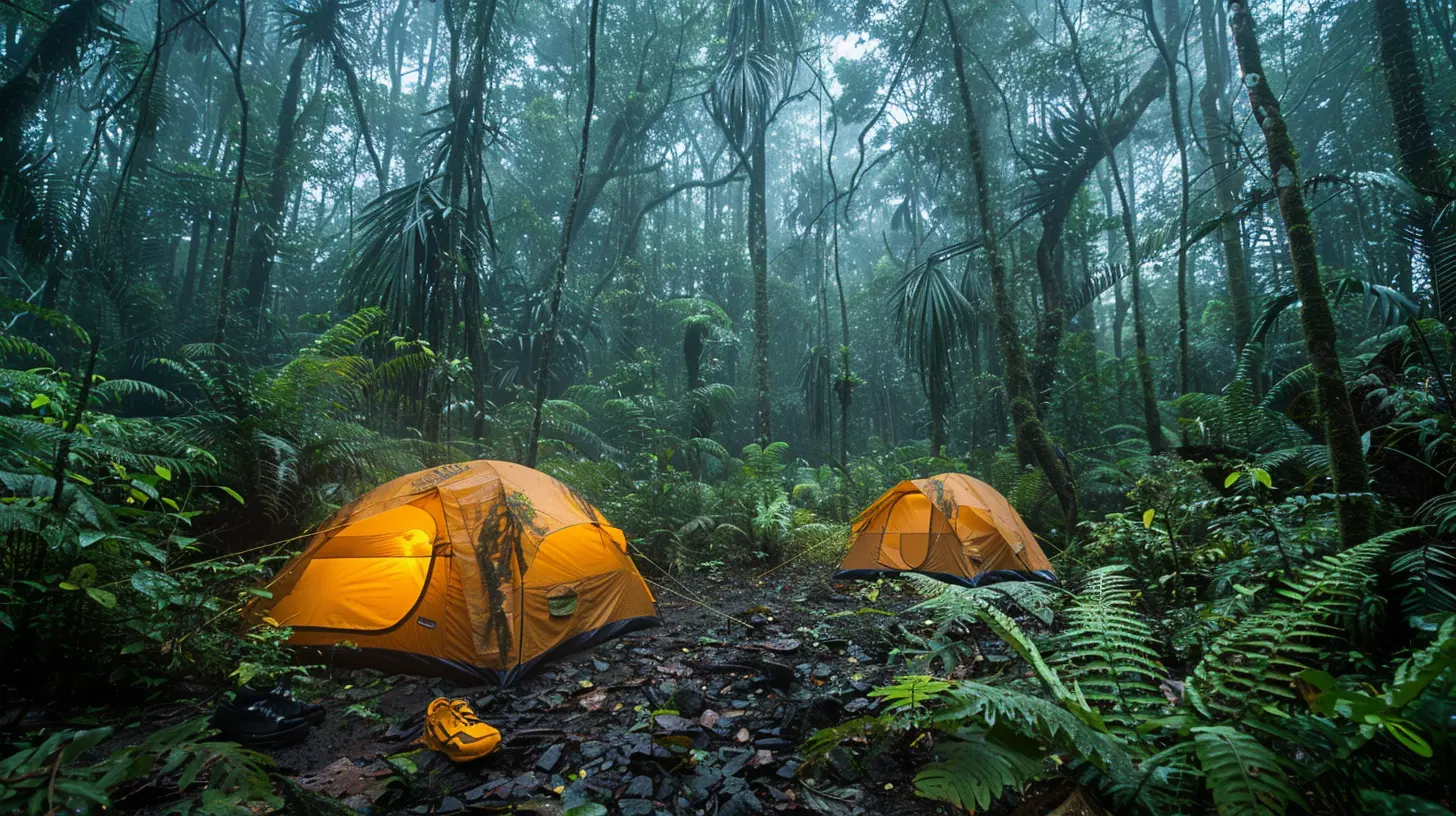
🔍 Scouting The Perfect Wild Camping Spot
So you're in the great outdoors with your pack on, and you’re wondering, “Where do I even start?”Don’t sweat it. Finding the right wild camping spot is part art, part science, and a little bit of luck. Here’s how to ace the search:
1. Check the Laws First (Yes, Seriously)
Sorry to be the buzzkill, but not all countries are wild-camping-friendly. Some places—like Scotland, parts of Norway, and Sweden—give you the legal green light with the right ethics in place. Others? Not so much.So before you go pitching your tent on someone’s private property or a nature reserve, Google the local laws or ask a ranger. Getting slapped with a fine is not the kind of souvenir you want.
2. Use Topo Maps and Offline Apps
Who needs fancy hotels when you’ve got topographic maps and GPS apps that show every bump, pond, and hillock? Use tools like:- Gaia GPS
- Komoot
- AllTrails
- Maps.me
Look for flat areas, natural windcover (trees or boulders work great), and proximity to water sources (but not TOO close—more on that later).
3. Watch For These Wild Camping Green Flags
Here’s what makes a spot chef’s kiss perfect:- Flat, dry ground (soggy mattresses are a mood killer)
- Shelter from wind (unless you want tent aerobics at 2 a.m.)
- Away from trails and roads (you want peace, not peepers)
- At least 200 feet from water sources (protects wildlife AND your gear)
Make sure to arrive with enough daylight to pick your spot carefully. Nobody wants to be fumbling in the dark, praying you didn’t pitch on a slope or ant hill.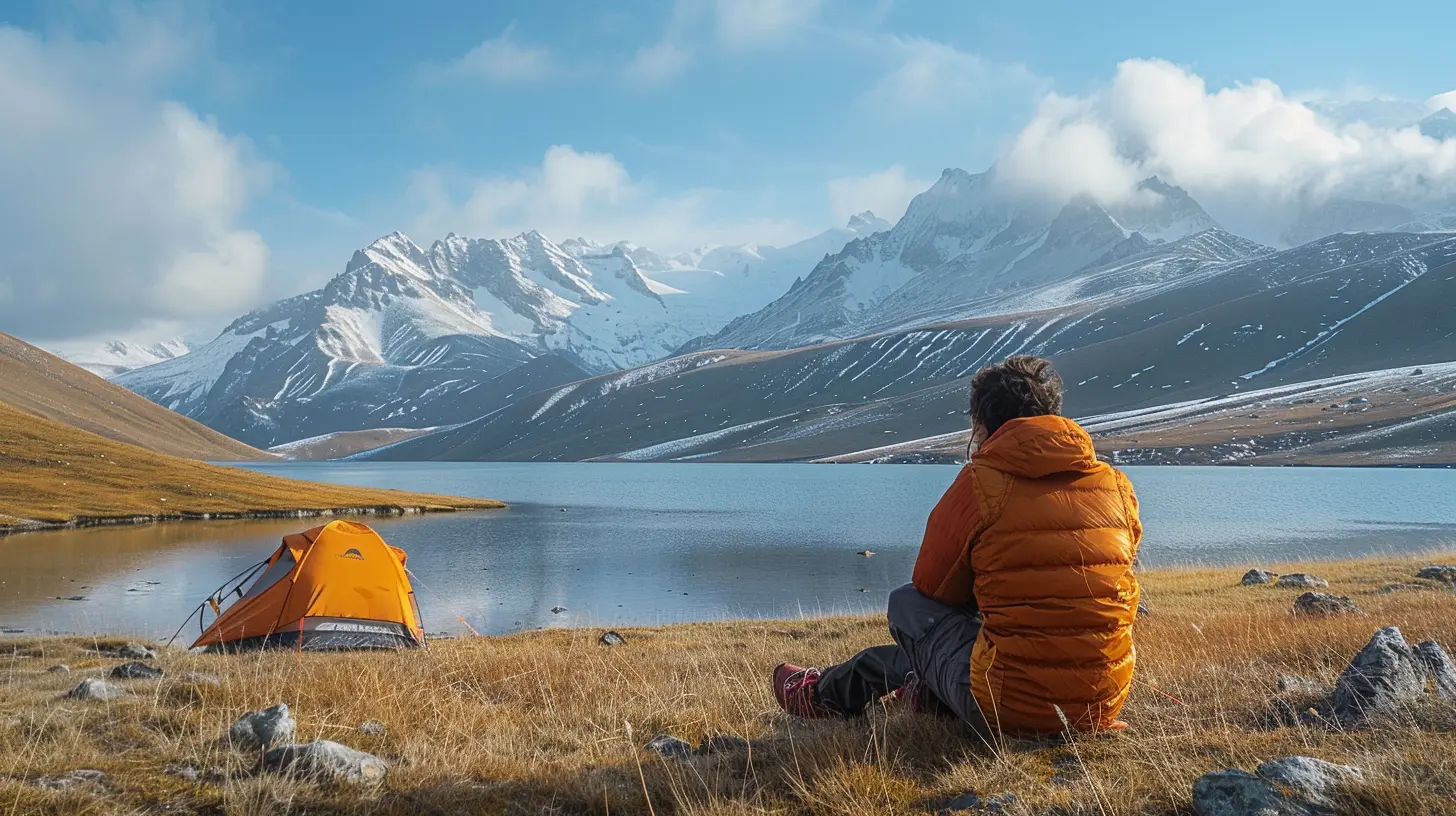
🏕️ Wild Camping Tips: Sleep Smart, Camp Hard
You’ve found your spot, you’re ready to set up camp—but don’t be that camper. You know, the one who leaves banana peels everywhere and blasts music from a Bluetooth speaker. Let’s talk etiquette and pro tips.1. The Leave No Trace Gospel
This is your new religion now. Say it with me: Take only pictures, leave only footprints.Keep your impact next to zero by:
- Packing out all trash (yes, even the tiny stuff)
- Burying human waste at least 6-8 inches deep and 200 feet from water
- Staying on durable surfaces to avoid trampling delicate ecosystems
- Respecting wildlife (squirrels don’t want your trail mix, Karen)
Mother Nature doesn’t need our junk. Be a guest, not a vandal.
2. Stay Stealthy and Respectful
Sometimes, stealth is the name of the game—especially in places where wild camping exists in a sort of legal gray area. Keep it low-key:- Arrive late, leave early
- Don’t light fires unless allowed and safe
- Be invisible from trails, roads, or homes
- Keep your group small
Your aim? Leave the land looking like no one ever camped there.
3. Essential Gear: The Wild Camper’s Wish List
If you think you can wild camp with a flimsy pop-up tent and flip-flops, think again, sweet summer child. Gear matters big time out here. Here’s the must-have list:- Lightweight Backpacking Tent or Bivvy Bag
- Sleeping Bag & Mat (check temperature ratings!)
- Water Filter or Purifier
- Cooking Gear (compact stove > bonfire)
- Headlamp (a total game-changer)
- Map, Compass, or GPS App
- First Aid Kit
- Layers and Rain Gear (Mother Nature’s moody)
Packing light is important, but don’t skimp on essentials. This isn’t a weekend hotel stay—it’s survival glam.
🗺️ Best Places Around the World for Wild Camping
Alright, globetrotters—where should you point your compass? Wild camping rules vary by country, so here are some tried-and-true backpacker darlings that welcome campers with (mostly) open arms.🇸🇪 Sweden
Sweden is a wild camper’s dream, thanks to Allemansrätten—the Right of Public Access. You can pitch your tent just about anywhere for a night or two. Lakes, forests, alpine meadows…take your pick.🇬🇧 Scotland
The Scottish Outdoor Access Code lets you legally camp on most unenclosed land. The Highlands? Absolute heaven. Just be civil and follow the Leave No Trace principles.🇳🇿 New Zealand
Kiwi land is stunning and fairly accommodating, especially in designated freedom camping zones. Just be careful—not all areas allow it, so download the local apps (like CamperMate) to stay on the right side of the law.🇳🇴 Norway
Again with that sweet Right to Roam. Wild camp nearly anywhere, but one-night stays and courteous behavior are the golden rules.🇨🇷 Costa Rica
Off-the-beaten-path beaches? Yes please. Just check with locals, bring your bug spray, and prep for a humid but unforgettable night under the stars.⚠️ Wild Camping Don’ts (Because Someone Needs To Say It)
Let’s sum up a few absolute no-go’s. Because trust me, you don’t want to learn these the hard way.- ❌ Don’t trespass on private land unless you have explicit permission
- ❌ Don’t leave anything behind—not even biodegradable food
- ❌ Don’t make loud noise or play music
- ❌ Don’t camp near water sources or wildlife habitats
- ❌ Don’t light fires unless you’re 1,000% sure it’s safe and legal
Be a legend, not a liability.
🌟 The Magic of Finding “Your Spot”
There’s something about discovering that perfect patch of earth, where the sunset kisses your tent and the only sound is a lullaby of crickets and wind. It’s personal. It’s spiritual. Heck, it’s wildly romantic (even if you're flying solo).Finding your perfect wild camping spot isn’t just about GPS coordinates—it’s about feeling like you belong in that corner of the world. Sometimes it’s a cliffside perch, sometimes it’s a hidden forest glade. But when you find it? You’ll know.
And trust me, that first coffee at dawn, brewed beside a babbling brook with nobody around for miles? Worth every blister and mosquito bite.
🥾 Final Thoughts: You’re Born To Be Wild (Camping)
Wild camping for backpackers is more than just a bush-league version of camping—it’s freedom, healing, and adrenaline all rolled into one sleeping bag. Whether you're a seasoned trail ninja or a newbie with fresh hiking boots, nothing beats waking up where the wild things are.So next time the concrete jungle gets too loud, pack your bag, lace up, and get lost (in the best way possible). Just remember to leave no trace, respect the land, and trust your instincts.
Happy wild camping, you glorious dirtbag.
all images in this post were generated using AI tools
Category:
BackpackingAuthor:

Kelly Hall
Discussion
rate this article
2 comments
Pandora James
Embrace the tranquility of wild camping; it's not just about the destination, but the journey within nature. Choose wisely, respect the environment, and let adventure unfold.
November 4, 2025 at 3:31 PM

Kelly Hall
Thank you! Emphasizing the journey and respecting nature truly enhances the wild camping experience. Happy adventures!
Lilith Frank
This article brilliantly captures the essence of wild camping for backpackers. It offers valuable tips on selecting the ideal spot, considering both safety and nature preservation. The emphasis on respecting the environment while enjoying the great outdoors is especially noteworthy. A must-read for any nature-loving adventurer!
August 2, 2025 at 3:55 AM

Kelly Hall
Thank you for your kind words! I'm glad you found the article helpful and resonant with the spirit of wild camping. Happy adventures!
